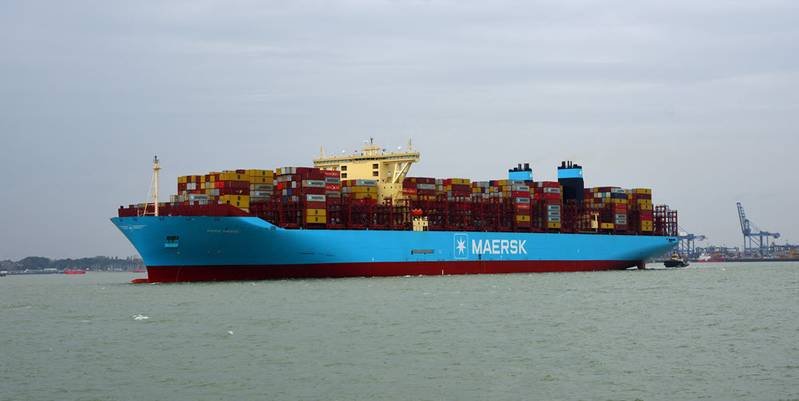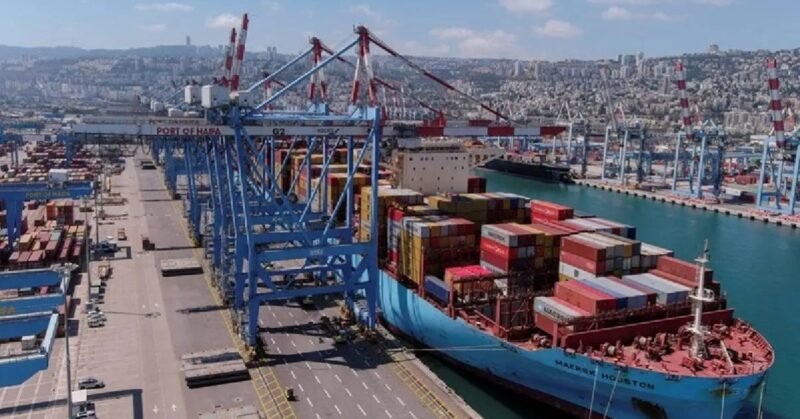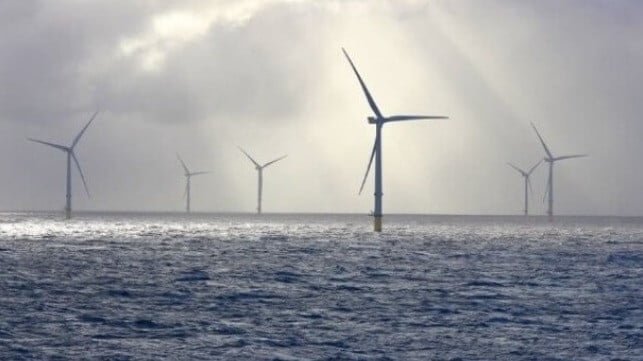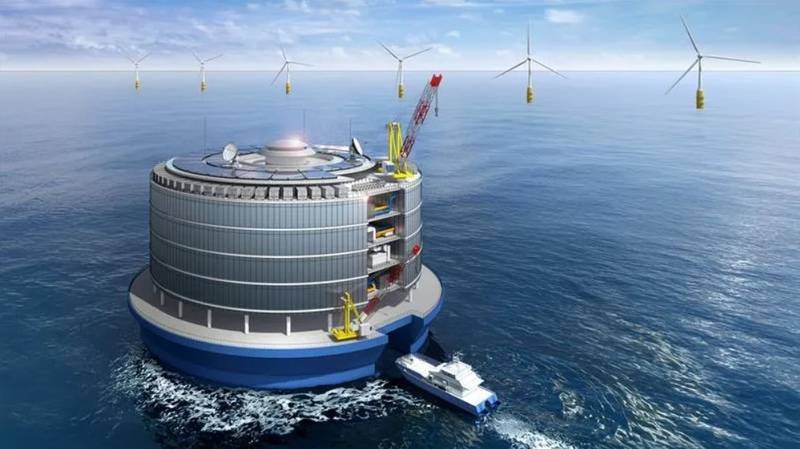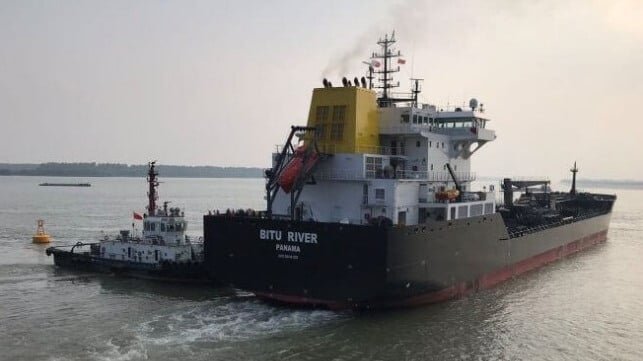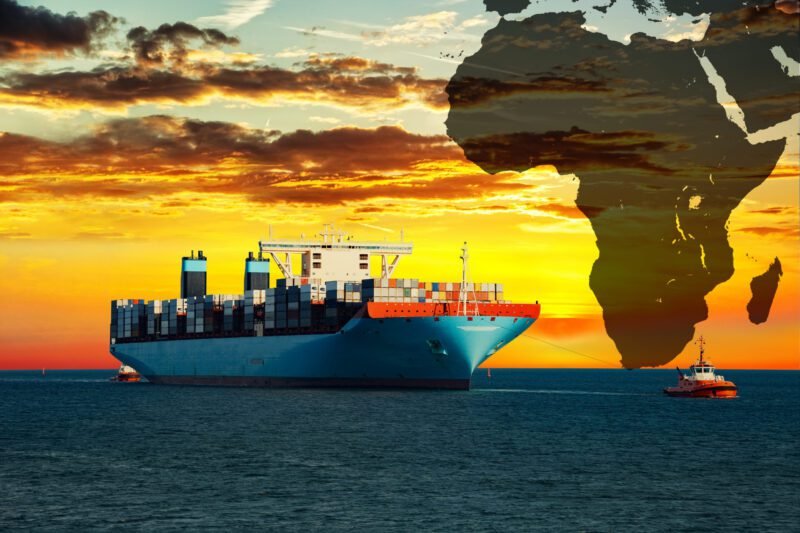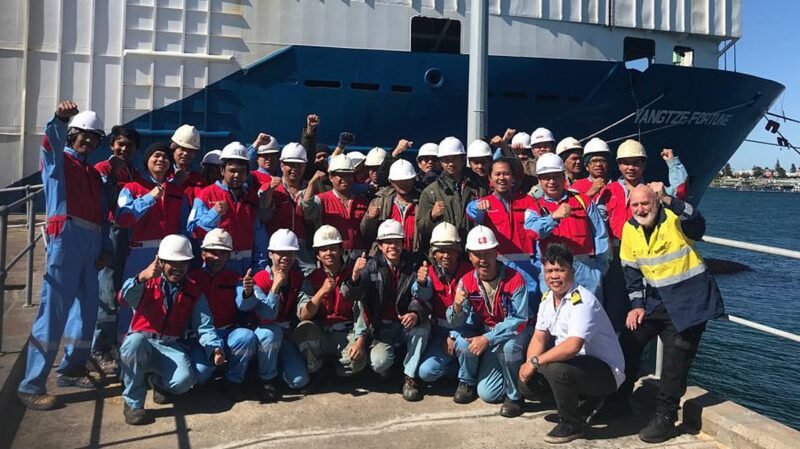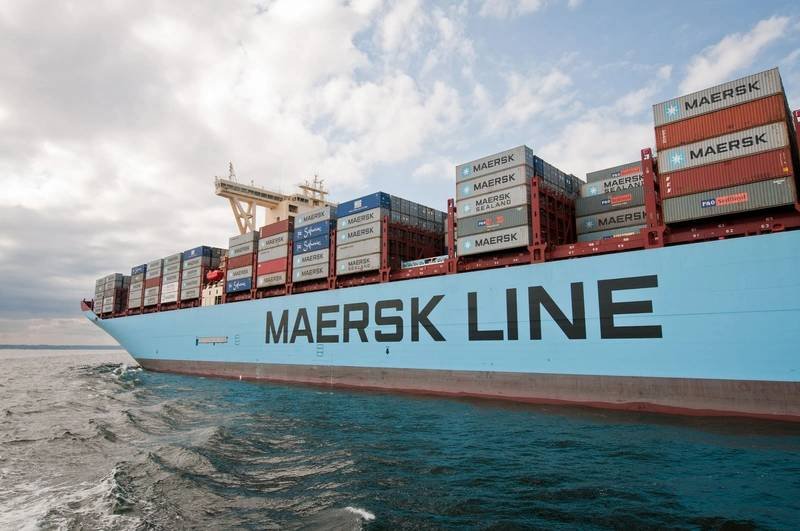The world’s oceans, covering over 70% of Earth’s surface, possess powerful currents that can be harnessed for clean marine energy. Unlike solar and wind energy, ocean currents are consistently moving, making them a reliable source of renewable energy. Recent research highlights the eastern and southeastern coasts of Africa as prime locations for ocean energy production, with researchers outlining the steps necessary to integrate this energy into local electricity systems.
Ocean currents contain kinetic energy that can be converted into electricity using floating turbines, similar to offshore wind farms. Current prototypes are undergoing testing in various locations, including Florida, Japan, and Taiwan. Despite the technological challenges of deploying turbines in deep waters, advancements in undersea cables and turbine design are paving the way for future developments.
High-energy areas off Somalia, Kenya, Tanzania, and Madagascar have been identified, boasting energy densities that could power households. However, further research is essential, particularly in the Indian Ocean, where current data is limited. While many high-energy zones are deep, some are close to shore, presenting opportunities for initial installations.
To realize this potential, project developers must attract investment, conduct detailed ocean current measurements, and establish connections to shore. Although the technology is not yet commercially viable, rapid advancements make ocean current energy a promising option for African nations facing climate change challenges.
Share it now








